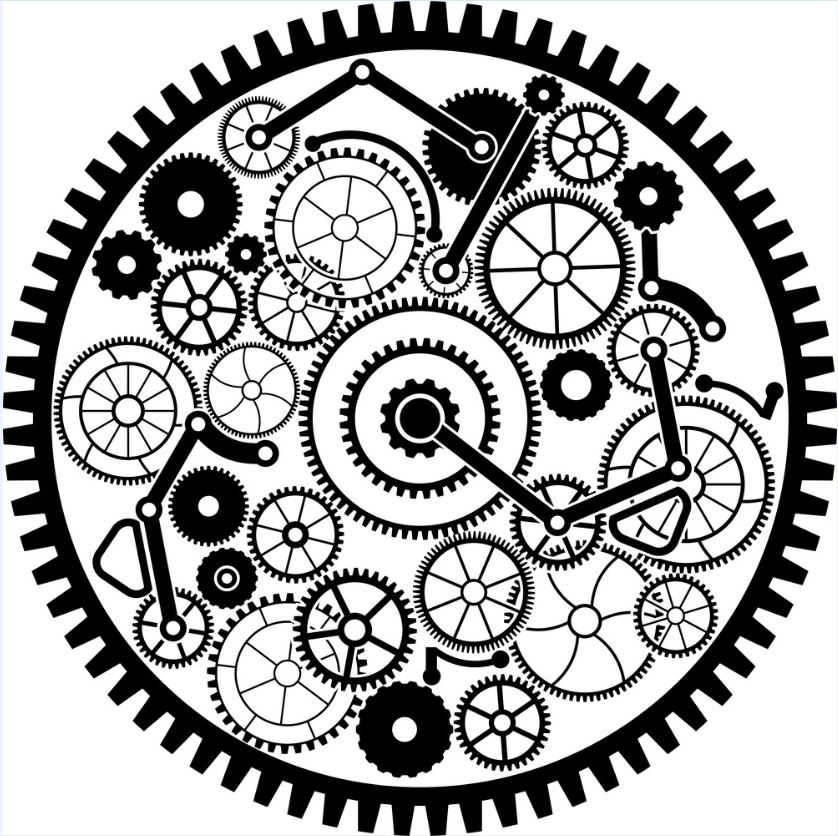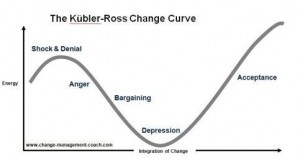In an article published in the Harvard Business Review in July/August 1999, the leadership guru and the author of the best-selling book Good to Great, Jim Collins, wrote about something he termed as catalytic mechanisms. Catalytic mechanisms are mechanisms used in organizations to create a compelling alignment between a business and its strategy to differentiate itself.


 Why do we hate change? The answer can be found in human evolution. Since millions of years ago, the human brain perceives strangeness (or strangers for that matter) as a sign of danger or even a life-threatening event. Our brains are hard-wired to react negatively to and to resist change. Organizations face the same challenges of inevitable resistance to change. According to one study by the Center for Creative Leadership, 75% of change initiatives fail because of this resistance. ..
Why do we hate change? The answer can be found in human evolution. Since millions of years ago, the human brain perceives strangeness (or strangers for that matter) as a sign of danger or even a life-threatening event. Our brains are hard-wired to react negatively to and to resist change. Organizations face the same challenges of inevitable resistance to change. According to one study by the Center for Creative Leadership, 75% of change initiatives fail because of this resistance. ..  Based on a web article entitled “The Future of Management is Teal”.
Based on a web article entitled “The Future of Management is Teal”. Ask CEO’s and senior management of large companies in any sector and it will become apparent that many of them – in fact the vast majority – are not satisfied that their strategic planning process is working. There seems to be a belief that these processes are essentially a waste of time and distract the organization away from focusing on core issues. This belief incidentally is not just restricted to large organizations – it is an even bigger concern for not so large companies with limited resources….
Ask CEO’s and senior management of large companies in any sector and it will become apparent that many of them – in fact the vast majority – are not satisfied that their strategic planning process is working. There seems to be a belief that these processes are essentially a waste of time and distract the organization away from focusing on core issues. This belief incidentally is not just restricted to large organizations – it is an even bigger concern for not so large companies with limited resources…. Any kind of change involves the loss of something: status quo, possessions, relationships, etc. The 5-Stage model suggested by Elisabeth Kubler-Ross in a book related to loss of life (an extreme form of loss) has been also used to explain how people react to change…
Any kind of change involves the loss of something: status quo, possessions, relationships, etc. The 5-Stage model suggested by Elisabeth Kubler-Ross in a book related to loss of life (an extreme form of loss) has been also used to explain how people react to change… The way the priority and the focus on leadership has changed is a function of how organizational and leadership thinking has evolved over the last 30 years or so. To illustrate the difference, we contrast across various situations what leadership used to be and what it means now:
The way the priority and the focus on leadership has changed is a function of how organizational and leadership thinking has evolved over the last 30 years or so. To illustrate the difference, we contrast across various situations what leadership used to be and what it means now:
Recent Comments